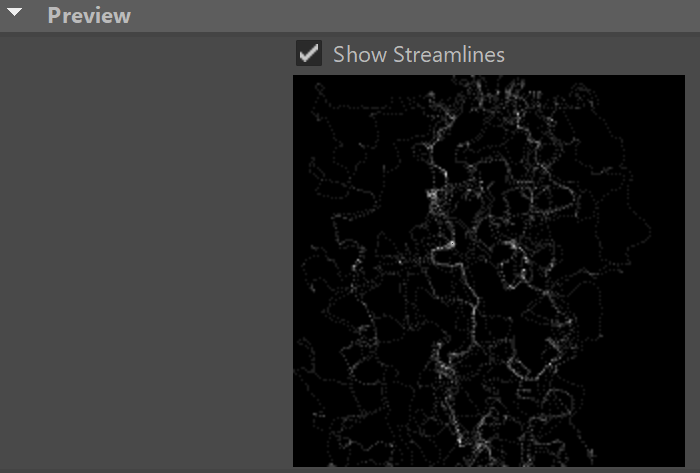Page History
This page provides information on the Turbulence component.
Overview
...
| Section | ||||||||||
|---|---|---|---|---|---|---|---|---|---|---|
|
...
|
...
|
|
Parameters
...
Create Pressure | injectMode – Switches between pressure and force mode. While force mode simply adds velocity, pressure mode works in a similar way to the Phoenix Source in Volume Inject mode, adding pressure to the areas displayed in red in the preview. This way the option will generally affect the appearance and behavior of the turbulent effect. Note that if Create Pressure is on, the Turbulence helper will not take into account the fluid density and will uniformly affect all voxels. However, if it's Not in Pressure mode, it will act more strongly on the dense voxels and more mildly on the ones where the channels in the Affect list have lower values.
...
| UI Text Box | ||
|---|---|---|
| ||
|
Preview
...
Show Streamlines | partPreview – Affects the preview. When enabled, visualizes the trajectories of several particles.




